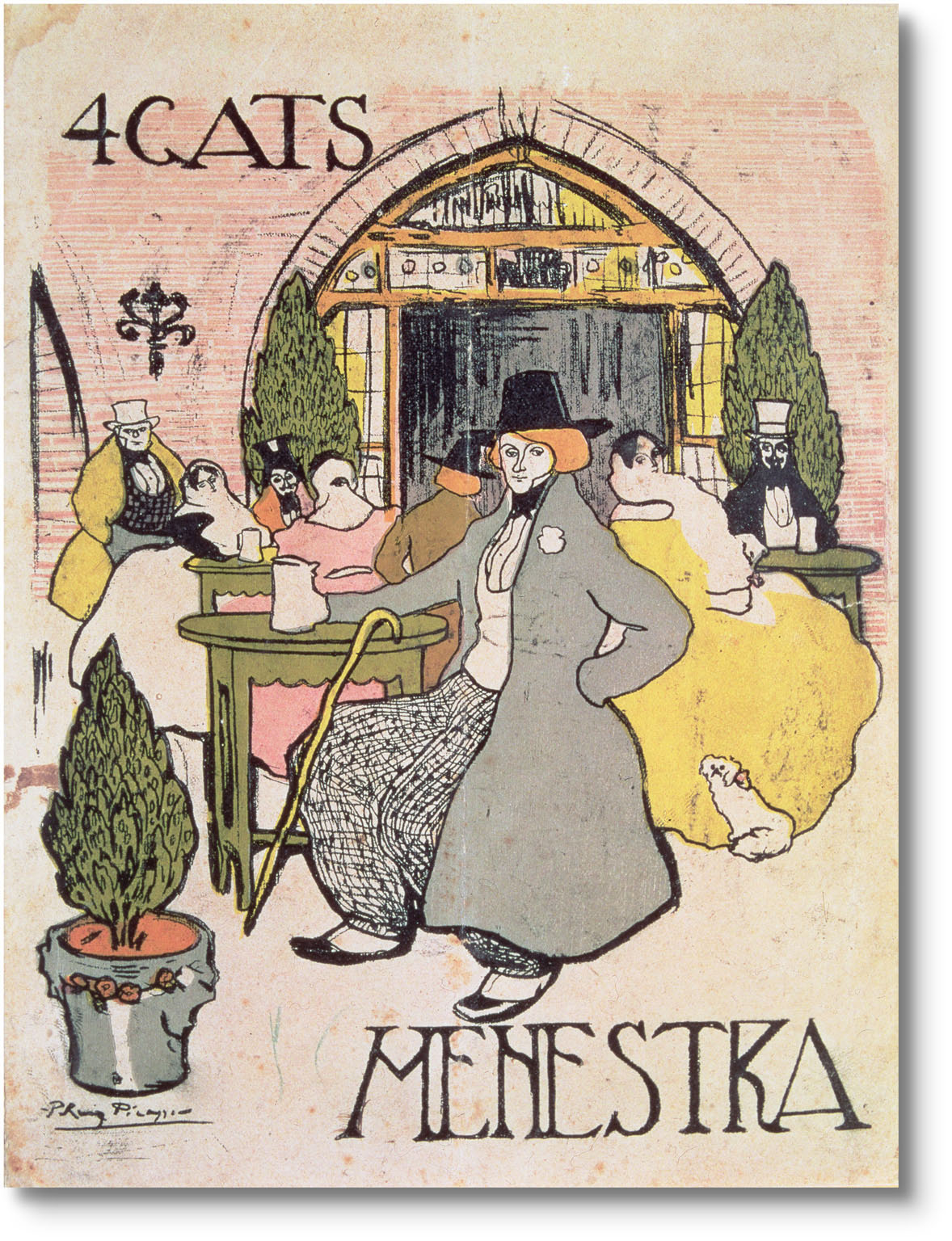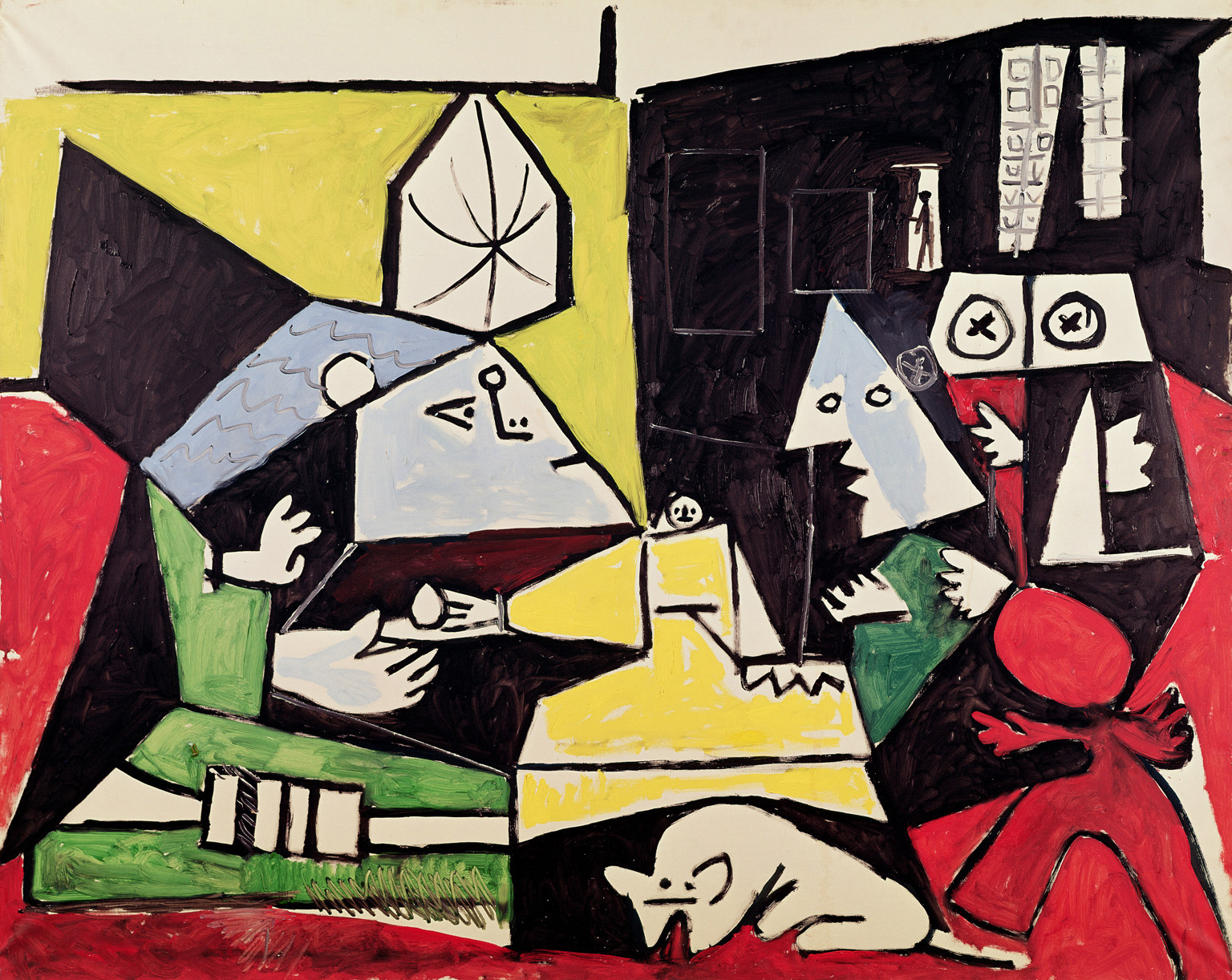
MUSEU PICASSO
Pay homage to the 20th century’s most acclaimed artist at this treasure-filled museum. Highlighting Pablo Picasso’s (1881–1973) formative years, the museum boasts the world’s largest collection of his early works. At the tender age of 10, Picasso was already revealing remarkable artistic tendencies. In 1895, he moved to Barcelona, where he blossomed as an artist. From precocious sketches and powerful family portraits to Blue- and Rose-period works, the museum offers visitors the rare chance to discover the artist as he was discovering himself.
NEED TO KNOW
![]() C/Montcada 15–23 • www.museupicasso.bcn.cat • Open 9am–7pm Tue–Sun, to 9:30pm Thu • Adm $13.50; temporary exhibitions $7; combined ticket $16 (book both in advance). Free first Sunday of the month (permanent collections) and 6–9:30pm every Thursday • Guided tours in English are available at 3pm on Wednesday, 7pm on Thursday, and 11am on Sunday; $7 plus price of ticket
C/Montcada 15–23 • www.museupicasso.bcn.cat • Open 9am–7pm Tue–Sun, to 9:30pm Thu • Adm $13.50; temporary exhibitions $7; combined ticket $16 (book both in advance). Free first Sunday of the month (permanent collections) and 6–9:30pm every Thursday • Guided tours in English are available at 3pm on Wednesday, 7pm on Thursday, and 11am on Sunday; $7 plus price of ticket
- The Museu Picasso is housed in a Gothic palace complex replete with leafy courtyards, all of which can be explored.
- The café has outdoor tables in summer and offers a changing menu of daily lunch specials.
Gallery Guide
The museum is housed in five interconnected medieval palaces. The permanent collection is arranged chronologically on the first and second floors of the first three palaces. The last two host temporary exhibitions on the first and second floors.
1. Home amb boina
This portrait reveals brush strokes–and a subject matter–that are far beyond a 13-year-old child. No puppies or cats for the young Picasso; instead, he painted the portraits of the oldest men in the village. He signed this work P. Ruiz, because at this time he was still using his father’s last name.
2. Autoretrat amb perruca
At 14, Picasso painted Self-portrait with Wig, a whimsical depiction of how he might have looked during the time of his artistic hero, Velázquez.
3. Ciència i Caritat
One of Picasso’s first publicly exhibited paintings was Science and Charity. Picasso’s father posed as the doctor.
4. L’Espera (Margot) and La Nana
Picasso’s Margot is an evocative painting portraying a call girl as she waits for her next customer, while La Nana captures the defiant expression and stance of a heavily rouged dwarf dancer.

5. El Foll
The Madman is a fine example of Picasso’s Blue period. This artistic phase, which lasted from 1901 to 1904, was characterized by melancholic themes and monochromatic, somber colors.
6. Menu de Els Quatre Gats
Picasso’s premier Barcelona exhibition was held in 1900 at the Barri Gòtic café and center of Modernisme, Els Quatre Gats. The artist’s first commission was the pen-and-ink drawing of himself and a group of artist friends, which graced the menu cover of this bohemian hangout.

7. Arlequí
A lifting of spirits led to Picasso’s Neo-Classical period, typified by paintings like Arlequí or The Harlequin, which celebrated the light-hearted liberty of circus performers.

8. Las Meninas Series
Picasso’s reverence for Velázquez culminated in this remarkable series of paintings, based on the Velázquez painting Las Meninas.

9. Home assegnt
Works such as Seated Man confirmed Picasso’s status as the greatest Analytic Cubist painter of the 20th century.

10. Cavall banyegat
The anguished horse in this painting later appears in Picasso’s large mural Guernica, which reveals the horrors of war. This work gives viewers the chance to observe the process that went into the creation of one of Picasso’s most famous paintings.
